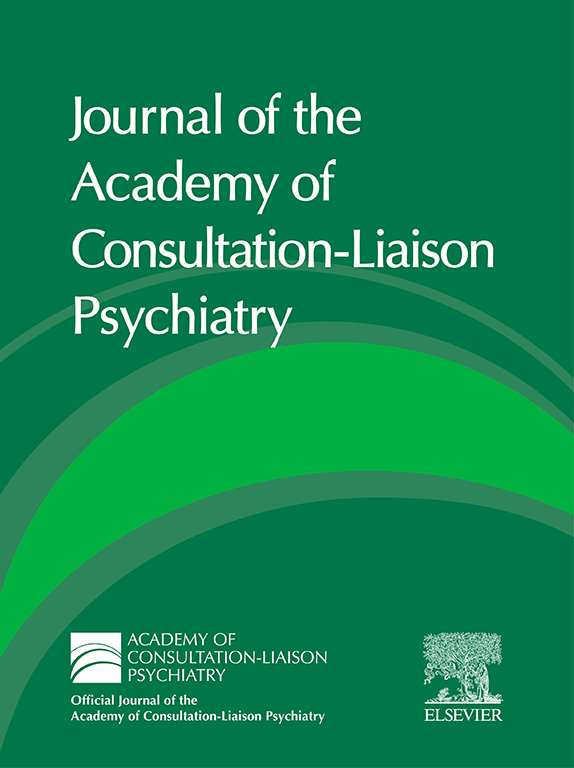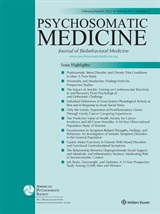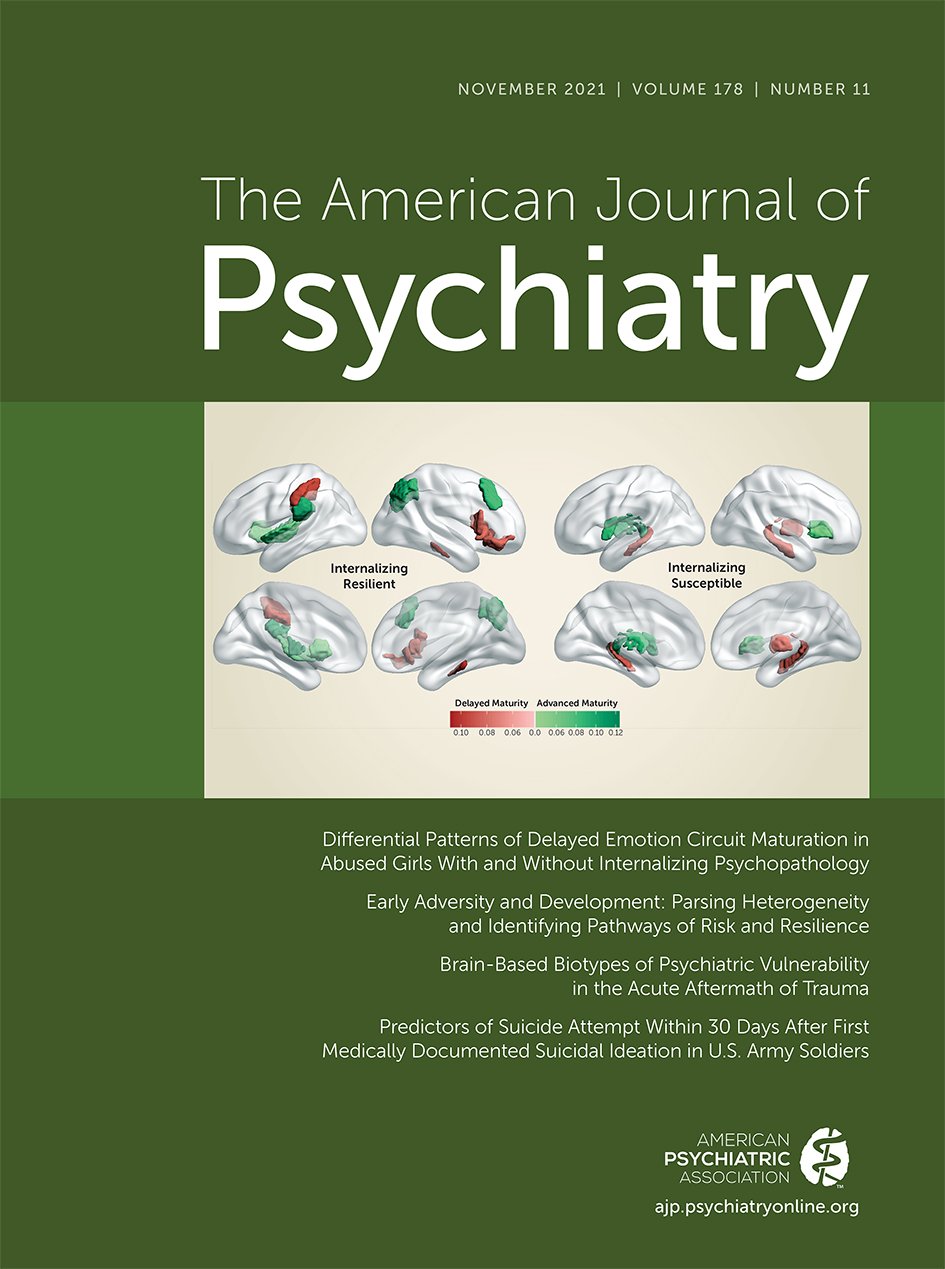Research: Collaborative Care Expands Reach to Racial/Ethnic Minority Patients
Authors: Tina Wu, MD, et al.
Abstract/Extract: This paper is one of a series coordinated by ACLP and APA’s Council on Consultation-Liaison Psychiatry.
Racial and ethnic minorities face unique challenges accessing and utilizing mental health services in the US—including lack of insurance, communication barriers, and perceived stigma. Even when minority patients have access to mental health care, they often receive lower quality care and have worse outcomes, say the authors.
The Collaborative Care Model is a well-studied health care delivery model that aims to improve mental health care access and outcomes. Key elements include:
- Utilizing patient-centered team care.
- A population focus through the use of registries.
- Measurement-based treatment to target.
- Application of evidence-based care.
Importance: Consult psychiatrists have expanded their participation in collaborative care in primary care and specialty settings and, as a result, are often faced with addressing disparities in care for minority patient populations. The Collaborative Care Model provides access to mental health care for patients who may otherwise never present to a psychiatric clinic for treatment. This evidence-based population health approach to care amplifies the clinical impact a consult psychiatrist can have by allowing the psychiatrist to provide diagnostic clarification and management recommendations (including medication, behavioral, and social interventions) for a large number of patients, including those from racial-ethnic minority groups.
Availability: Published in Psychiatric News






